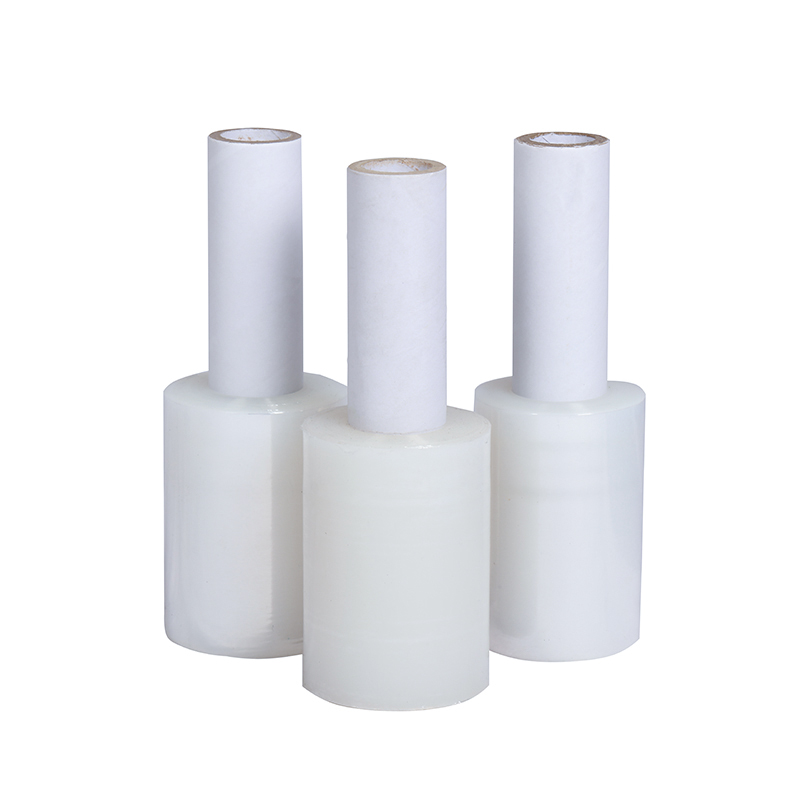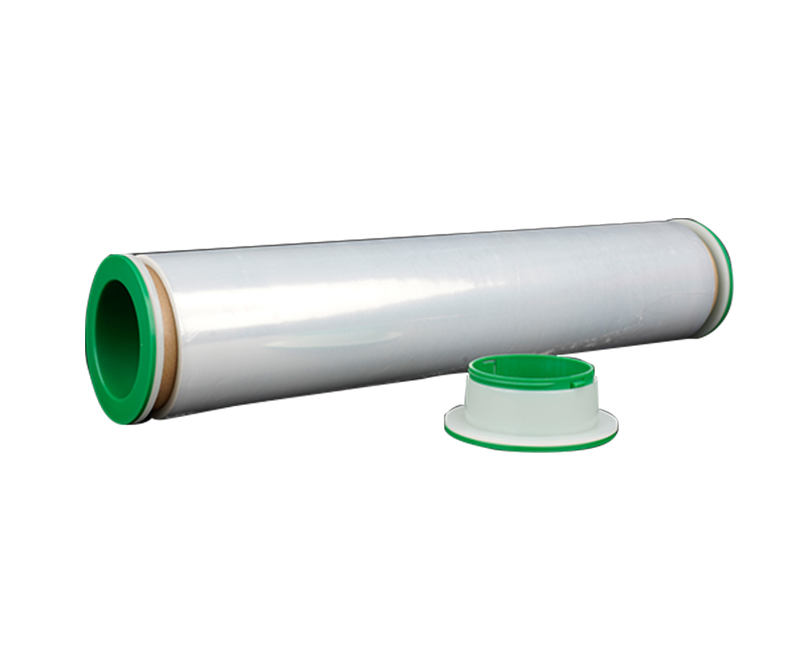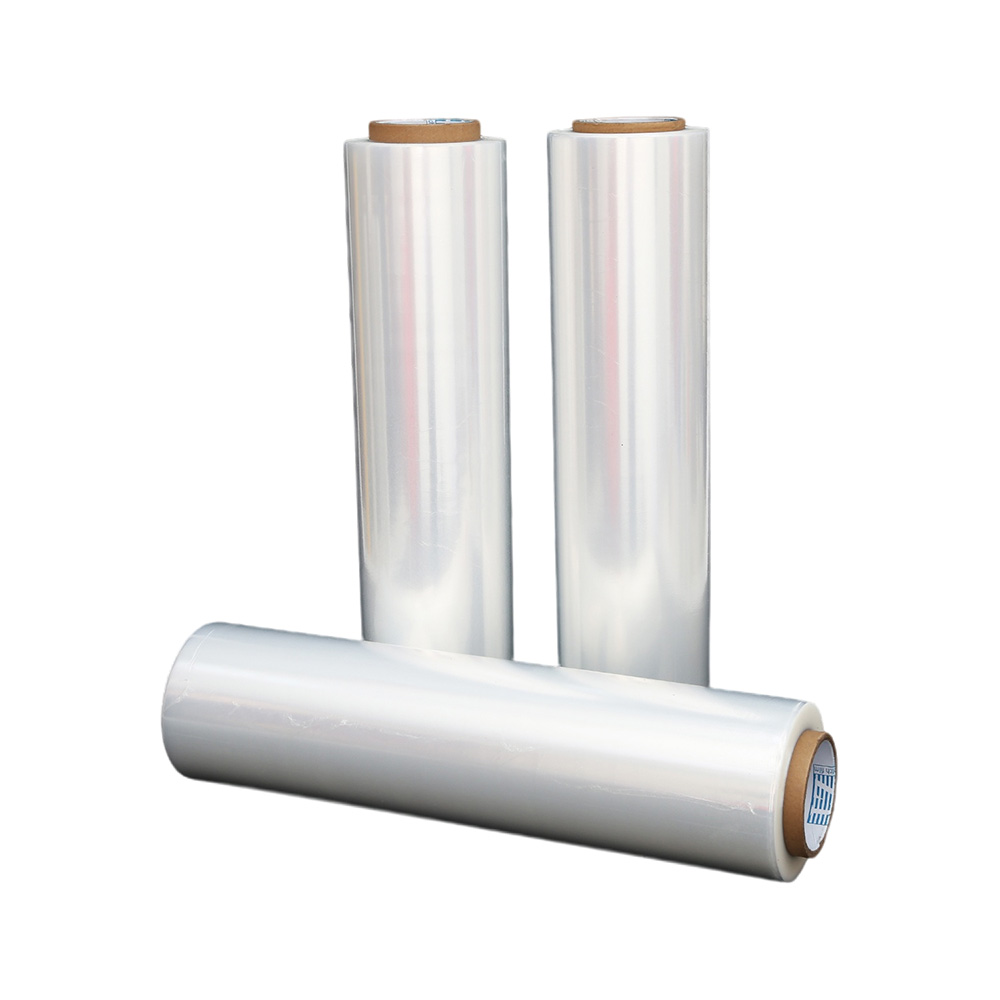Cast vs. Blown Stretch Wrap: Choosing the Right Film for You
Source:Cast vs. Blown Stretch Wrap: Choosing the Right Film for YouTime:2025-06-23Visitors:
In the world of industrial packaging, selecting the appropriate stretch wrap is critical for ensuring load stability, protecting goods, and optimizing costs. The choice often comes down to two primary manufacturing methods: cast stretch wrap and blown stretch wrap, each offering distinct properties, advantages, and disadvantages that make them suitable for different applications. Understanding the fundamental differences between these two film types is essential for logistics managers, warehouse operators, and business owners to make informed decisions that impact efficiency, product safety, and bottom-line expenses. This article will delve into the characteristics, uses, and comparisons of cast and blown stretch wrap to help you determine which is best for your specific requirements.
Table of Contents
- What is Cast Stretch Wrap?
- What is Blown Stretch Wrap?
- What Are the Key Differences in Manufacturing Processes?
- How Do Their Performance Characteristics Compare?
- What Are the Typical Applications for Each Film Type?
- How Do Cost and Efficiency Compare Between Cast and Blown Film?
- Which Type of Stretch Wrap is Right for Your Business?
1. What is Cast Stretch Wrap?
Cast stretch wrap is produced using a "cast extrusion" process where melted resin is continuously extruded through a flat die onto a chill roller, creating a thin, uniform film that is then stretched and wound into rolls. This manufacturing method results in a film known for its excellent clarity, quiet unwind, and consistent thickness.
The cast process involves a continuous flow, making it a highly efficient and cost-effective method for high-volume production. The film is typically stretched in one direction (machine direction), contributing to its high cling and consistent properties.
2. What is Blown Stretch Wrap?
Blown stretch wrap is manufactured by extruding melted resin through a circular die, creating a large bubble of film that is then blown upward, stretched, cooled by air, and finally flattened and wound into rolls. This unique "blown film" process imparts superior strength, puncture resistance, and cling properties due to its biaxial (two-directional) stretch.
The slower, more intensive blown process allows for greater molecular alignment in both machine and transverse directions, resulting in a tougher, more durable film. Its characteristics make it ideal for demanding applications where load integrity and resistance to tearing are paramount.
3. What Are the Key Differences in Manufacturing Processes?
The fundamental difference between cast and blown stretch wrap lies in their extrusion methods: cast film uses a flat die and chill rollers for cooling, while blown film uses a circular die to create an upwardly blown bubble cooled by air. These distinct manufacturing processes directly influence the molecular structure and, consequently, the performance characteristics of the final film product.
4. How Do Their Performance Characteristics Compare?
Cast and blown stretch wraps exhibit distinct performance characteristics stemming from their manufacturing processes, with cast film excelling in clarity and quiet unwind, while blown film offers superior puncture resistance, tear strength, and aggressive cling. These differences dictate their suitability for various load types and shipping conditions.
Here's a breakdown of their typical performance attributes:
- Clarity:
-
Cast Film: Excellent clarity, allowing for easy scanning of barcodes through the film and good product visibility.
-
Blown Film: Lower clarity, often appears hazy or dull.
- Puncture Resistance & Tear Strength:
-
Cast Film: Good puncture resistance, but once punctured, it tends to tear easily (unidirectional tear).
-
Blown Film: Superior puncture resistance and excellent tear resistance (biaxial tear), meaning a puncture is less likely to propagate into a large tear.
- Cling:
-
Cast Film: "Two-sided cling" (sticks well to itself but less aggressively to the product), making rolls less prone to sticking together.
-
Blown Film: "Aggressive, one-sided cling" (sticks very well to itself and somewhat to the product), which can lead to rolls sticking together but offers high load retention.
- Stretchability:
-
Cast Film: Good, consistent stretch levels.
-
Blown Film: Generally higher stretch levels, with better memory (elastic recovery) to hold loads tightly.
- Unwind Noise:
-
Cast Film: Very quiet unwind, ideal for noise-sensitive environments.
-
Blown Film: Louder unwind, often described as a "noisy" or "crinkly" sound during application.
- Memory/Load Retention:
-
Cast Film: Good memory, maintains load integrity.
-
Blown Film: Excellent memory and load retention, crucial for unstable or shifting loads.
- Odor:
-
Cast Film: Typically low odor.
-
Blown Film: Can sometimes have a slight odor due to the slower cooling process.
5. What Are the Typical Applications for Each Film Type?
Cast stretch wrap is ideal for consistent, uniform loads requiring clear visibility and quiet application, such as regularly shaped boxes, while blown stretch wrap is best suited for demanding applications involving heavy, irregular, or sharp-edged loads due to its superior strength and puncture resistance. Their specific properties dictate their optimal use cases.
- Typical Applications for Cast Stretch Wrap:
-
Uniform Loads: Pallets of consistently sized boxes, bags, or lightweight products.
-
Retail/Consumer Goods: Where product visibility and barcode scanning through the film are important.
-
High-Speed Machine Wrapping: Its consistent unwinding properties make it suitable for fast, automated lines.
-
Noise-Sensitive Environments: Warehouses or facilities where quiet operation is valued.
-
Light-to-Medium Duty: General purpose pallet wrapping where extreme puncture resistance is not a primary concern.
- Typical Applications for Blown Stretch Wrap:
-
Irregular or Heavy Loads: Pallets with varying shapes, sharp edges (e.g., metal parts, lumber, construction materials, large appliances).
-
Demanding Shipping Conditions: Loads exposed to rough handling, long transit times, or multiple transfers where superior containment is critical.
-
High Puncture Risk: Products with protrusions that could easily tear film.
-
Cold Environments: Blown film often performs better in colder temperatures than cast film, maintaining flexibility and strength.
-
Unstable Loads: Its aggressive cling and memory provide excellent load retention for unstable or shifting items.
6. How Do Cost and Efficiency Compare Between Cast and Blown Film?
Cast stretch film generally offers a lower upfront cost per roll and higher production efficiency due to its faster manufacturing process, while blown stretch film typically has a higher per-roll cost but can offer superior long-term cost savings through reduced material usage and significantly fewer product damage claims due to its strength. The overall cost-efficiency depends heavily on the specific application and load requirements.
- Cost:
-
Cast Film: Usually less expensive to produce, leading to a lower price per roll. This can make it appealing for businesses focused on immediate material cost.
-
Blown Film: More expensive to manufacture due to a slower, more energy-intensive process, resulting in a higher cost per roll.
- Efficiency & Value:
-
Cast Film: High production speed makes it widely available and consistent. When used with high pre-stretch machines, it can be very efficient for uniform loads. However, if a load requires more wraps to achieve necessary containment or is prone to punctures, these initial cost savings can be negated by material waste and product damage.
-
Blown Film: Its superior strength, puncture resistance, and load retention often mean less film is required per pallet to achieve adequate security. This "downgauging" potential can lead to significant material savings over time. Moreover, its ability to prevent product damage during transit often results in substantial savings from reduced claims, rework, and customer dissatisfaction, making it highly cost-effective for demanding applications despite the higher per-roll price.
7. Which Type of Stretch Wrap is Right for Your Business?
Choosing the right stretch wrap depends on a comprehensive assessment of your specific load characteristics, wrapping equipment, budget, and overall packaging goals, with cast film generally suiting consistent, lower-risk loads and blown film excelling in demanding, high-risk applications. A careful evaluation, often with expert guidance, ensures optimal performance and cost-efficiency.
To make an informed decision, consider these factors:
- Load Characteristics:
-
Type: Uniform boxes vs. irregular shapes, sharp edges.
-
Weight & Stability: Light and stable vs. heavy and unstable.
-
Vulnerability: How susceptible is the product to damage?
- Wrapping Equipment:
-
Hand vs. Machine: Hand wrap has different properties than machine film.
-
Machine Capabilities: Does your machine offer high pre-stretch?
- Shipping Environment:
-
Transit Distance & Handling: Short vs. long haul, gentle vs. rough handling.
-
Storage Conditions: Indoor vs. outdoor, temperature fluctuations.
- Budget & Cost Analysis:
-
Look beyond per-roll cost. Calculate cost per pallet wrapped and factor in potential savings from reduced product damage.
- Desired Outcome:
-
Is clarity paramount for scanning? Is maximum puncture resistance essential? Is quiet operation a priority?
Often, businesses benefit from consulting with stretch film experts. They can assess your specific needs through a packaging audit and recommend the most suitable film type and gauge to optimize both protection and cost-efficiency.
Conclusion
The distinction between cast and blown stretch wrap is not merely academic; it represents a critical choice that directly impacts the safety of your products and the efficiency of your operations. While cast film offers advantages in clarity, quiet unwind, and initial cost for uniform loads, blown film provides unmatched strength, puncture resistance, and load retention for more challenging applications. Understanding these fundamental differences allows businesses to select the optimal film type, ensuring superior load integrity, minimizing damage claims, and ultimately contributing to a more streamlined and cost-effective supply chain. Making an informed decision empowers businesses to leverage stretch wrap as a strategic asset, rather than just a commodity.
At Dongguan Zhiteng Plastic Product Co. Ltd., we understand the nuanced demands of industrial packaging. With 17 years of experience in crafting high-quality stretch films, we specialize in both advanced cast and robust blown stretch wraps, along with other customized solutions. Our expertise ensures we can help you precisely analyze your load requirements, wrapping equipment, and budget to recommend the ideal film that maximizes both product protection and operational efficiency. Partner with Zhiteng to find the perfect stretch film solution tailored to your unique needs.
Recommended Products
Ranked in the same article
- how to use the stretch film technology to r
- How can we get detailed price list?
- Five common quality problems of PE protecti
- Plastic film degradation
- How to guarantee punctual shipment for our
- Gauge to Micron and Millimetre Conversion G
- What is the difference between stretch film
- Testing the permeability of stretch film
- Stretch film temperature requirements
- Electrical wire film VS electrostatic film
- Why insufficient transparency of stretch w
Latest news articles
- The significance of using PE electric wire
- The Ultimate Guide to Choosing the Right Ma
- What Properties Ensure Effective Cold Chain
- Stretch Film Wrap: Unraveling Its Benefits
- How to check the quality of PE stretch film
- What is the Difference Between Magic Tape a
- The 133rd Spring Canton Fair
- Bundling Stretch Film: Optimize Your Packag
- Factors affecting viscosity of PE stretch f
- Advantages of white engineering film
- How can PE stretch film be cut better?



